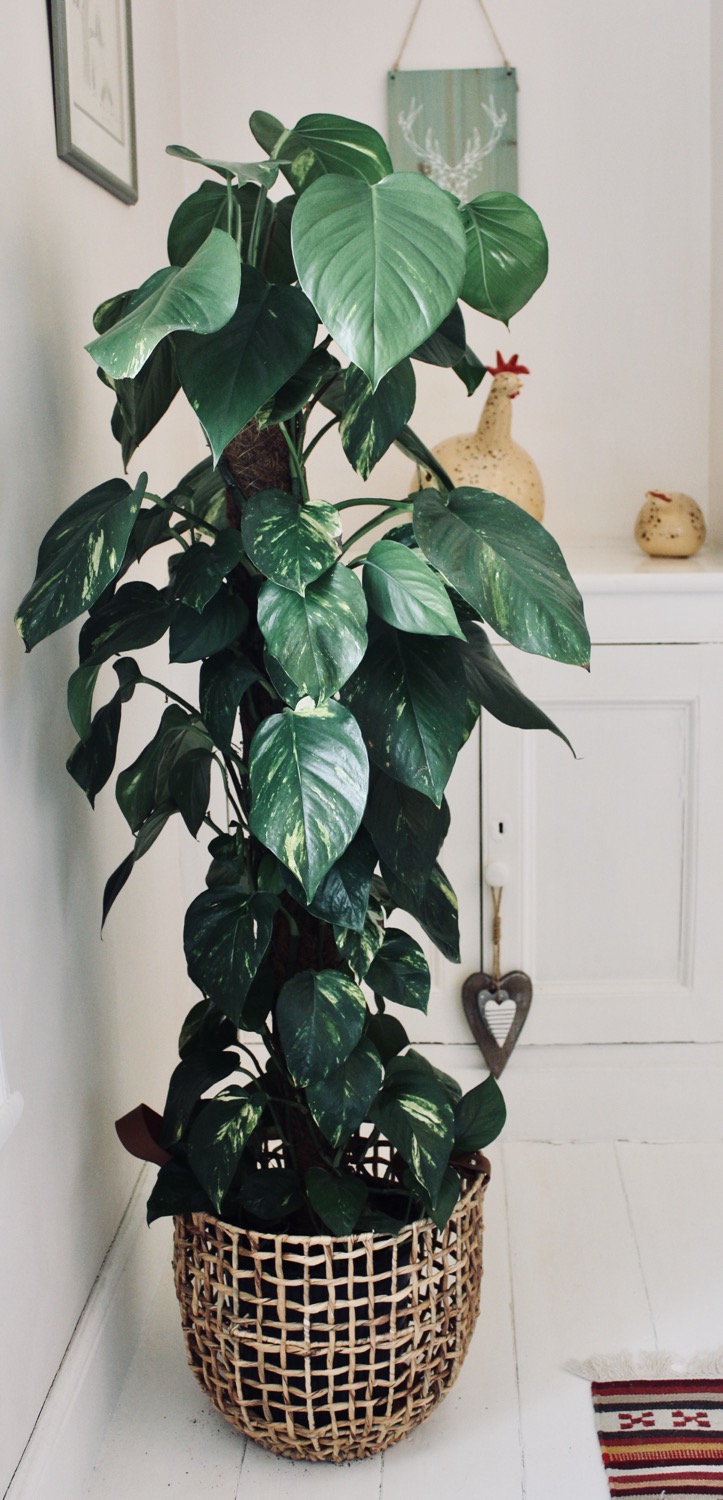OOOPS! I wet my plants!
- greenvelvet.im

- Mar 1, 2023
- 4 min read
Updated: Feb 24, 2024
PLANTS NEED WATER - BUT NOT TOO MUCH AND NOT TOO LITTLE!
We get it! It can feel like a complete conundrum getting the watering right for your beloved plant babies and so often it is a watering issue which may be making your plant poorly.
Here are our tips for watering your houseplants effectively:

UNDERSTAND THE WATER NEEDS OF YOUR PLANTS: Different types of plants require different amounts of water. Some plants like to be kept moist at all times (think tropical plants like calatheas), while others prefer to dry out between watering (think desert dwelling plants like cacti or succulents). Refer to our custom care card watering instructions. LESS IS OFTEN MORE!
FEEL THE WEIGHT OF THE POT: If you pick up your plant in the nursery pot and it feels light then the soil no longer holds much moisture and needs a good drink. If you pick up your plant and it feels heavy then there is likely still plenty of water in there and put that baby down!
STILL NOT SURE? GET STUCK IN: If you're not sure if it's time to water then a good technique is to put your finger in to the soil to feel if it is moist or not. Try not to disturb any roots. An alternative, (and this is good for much larger pots when you want to know if the soil is moist further down within the pot) is to gently insert a wooden chopstick (or the little wooden stick we supply with our care cards!) down in to the soil. If it comes out with flecks of soil attached then the soil is holding moisture (the more flecks, the wetter). If it comes out completely clean of soil then the soil is dry and it's time to get the watering can out and give that plant a good drink.
CHOOSE POTS WITH DRAINAGE HOLES AND WATER OVER A SINK: Pots with drainage holes allow excess water to escape, preventing water from accumulating in the bottom of the pot and causing root rot. When watering your plants, it is best practice to take the nursery pot out of the decorative pot and place in a sink. Water thoroughly enough so that about a third of the water drains out through the drainage holes. This will ensure you have watered enough so that all the roots get a nice drink.
WATCH OUT FOR WATER RUNNING STRAIGHT THROUGH: If the water pours straight through the pot (most likely from the sides) then the soil may have become compacted and is impenetrable to the water. Use a wooden chopstick (or similar) and GENTLY(!) break up the soil a little. Try watering again and the water should now flow in to the soil to the roots where it is needed.
USE THE RIGHT TYPE OF WATER: Our Manx tap water is generally fine for most of your lovely houseplants, but if you have some more fussy plants like Marantas or Calatheas (they really can be annoying little DIVAS!) then try to use rain water or distilled water. Chlorine in tap water can cause these delicate plants to get crispy edges on their leaves. And no one wants that! Also, avoid using water that is too cold, as this can shock the roots. We don't like a cold shower and chances are your plants won't either!
WATCH OUT FOR SIGNS OF OVER/UNDER WATERING: If you notice yellowing leaves or wilting, it may be a sign that your plant is not receiving enough water. On the other hand, if the leaves are turning brown/black or the soil feels constantly wet, you may be overwatering. Adjust your watering accordingly.
WATER LESS IN THE DARKER MONTHS: The more light your plants get the more water they will likely need. So during the darker months of autumn and winter you can reduce your watering schedule accordingly. Also be aware of your plant's proximity to hot radiators at this time of year as this can cause your plants to dry out more quickly if they are very close and you may have to adjust your watering accordingly.

CONSIDER BOTTOM WATERING (YES, it's a thing!): Bottom watering is a technique where you place the pot in a bucket or bowl of water and let the plant absorb water from the bottom up. This method can be particularly helpful for plants with delicate foliage that can be damaged by getting wet, or for plants that are prone to overwatering. It also helps keep the dreaded FUNGUS GNATS at bay as they like to lay their eggs in moist (not dry) surface soil. To bottom water your plants, simply fill a bucket or bowl with water and place the pot inside. Allow the plant to absorb water for 10-20 minutes or so. Then, remove the pot from the water and allow any excess water to drain away before popping back in to its decorative pot. This method can also be useful for plants that are difficult to water from the top, such as those with densely packed foliage.
Hopefully, by following these tips, you can ensure that your houseplants receive the right amount of water to keep them healthy and thriving. Remember that every plant is unique, so it's important to pay attention to your plant's specific needs and adjust your watering routine accordingly.
IF IN DOUBT - GET IN TOUCH! We're always here to help with any issues your plants may be having, so drop us a message on Facebook or insta (@greenvelvetiom) or fill in the contact form. We'll help best we can!


Comments